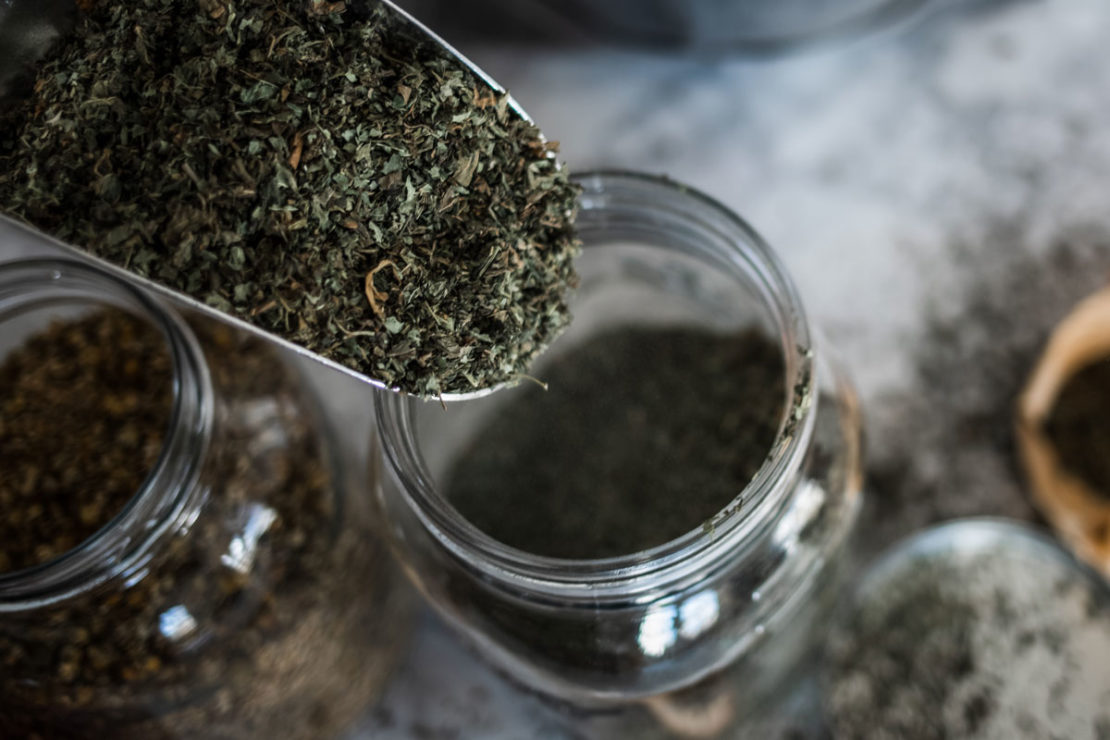
5 Tips to Becoming a Zero Waste Herbalist
As herbalists, we love and respect the wisdom and wellness benefits of plants. Naturally, we care deeply for the earth and the ecosystems from which herbs come. Learning, practicing, and sharing herbal wisdom is something we do in our efforts to make our lives and the world better. Still, it is often unclear how our choices impact the plants we rely on, the ecosystems they depend on, and all beings. This is where sustainable herbalism comes into play.
The herbs we consume and use are inseparably connected to the processes that produce them. This means we must be sustainable in our approach to herbalism, by using herbs that are produced and consumed in ways that sustain not only human wellness but environmental wellness as well. We must be responsible for the herbs, our health, and the earth, and we must teach those who come after us to do this as well.
To learn even more about being a sustainable herbalist, visit the Sustainable Herbs Project’s website.
Herbalists have been and will continue to be leaders in guiding people toward a healthier future, and I believe making zero waste a fundamental element of our herbal practice is essential to this journey.
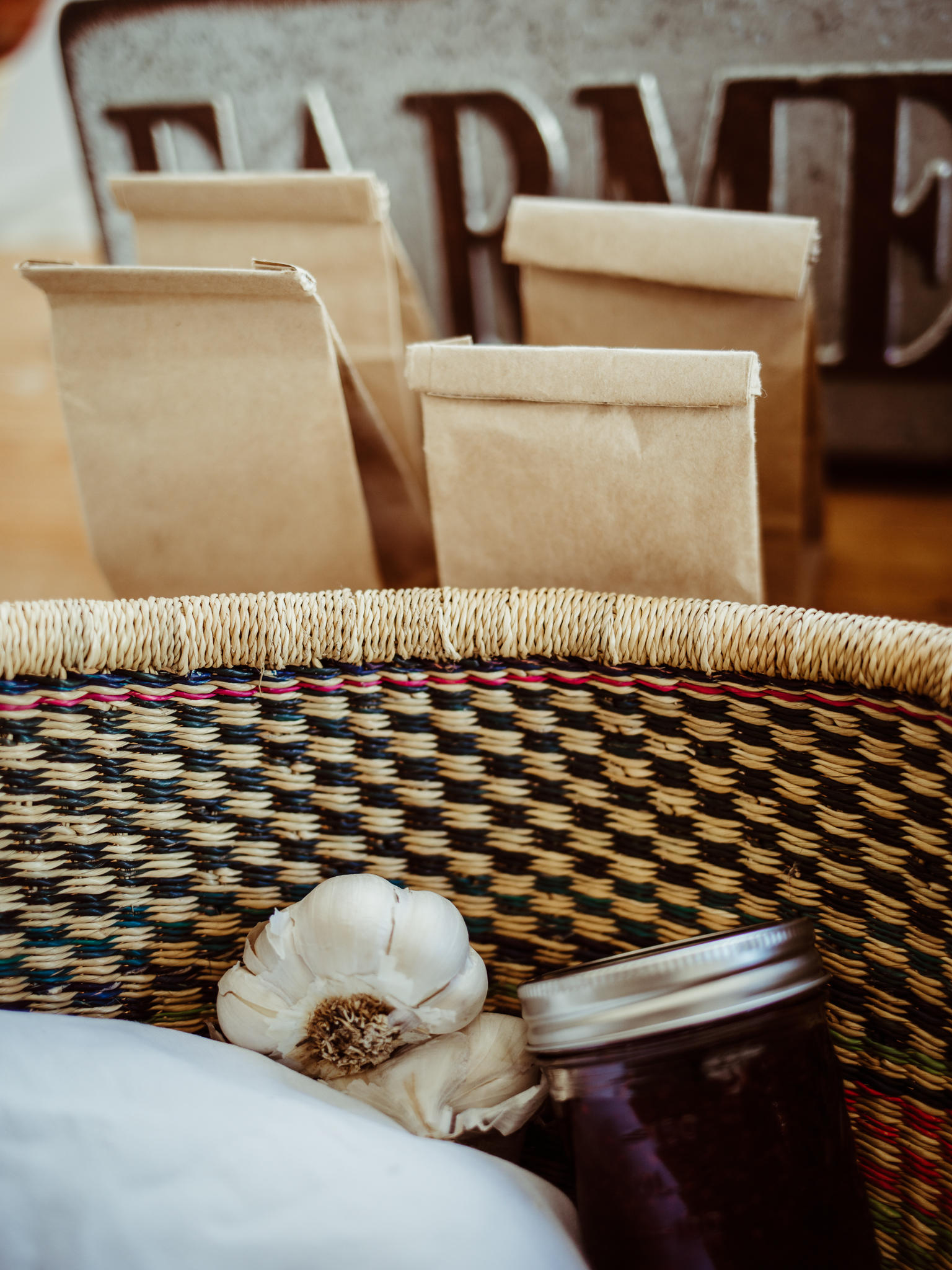
What is Zero Waste And Why Does it Matter to Herbalists?
Zero waste is a popular term these days, and for good reason, yet it remains sometimes mysterious and sometimes daunting.
Very simply, zero waste means to waste nothing — that is, to not send anything to the landfill. Zero waste is also described as the creation of a circular economy where everything can be repaired, composted, and recycled.
Certainly, this is a lofty goal, and in many ways difficult or impossible given the circumstances of our society. Currently, humans generate 2.12 tons of waste every year, and 99% of what people buy is thrown away within 6 months (The World Counts, n.d.). This is strikingly different from zero waste.
Although achieving a circular economy isn’t necessarily easy, it is entirely possible when people unite with a shared vision and determination toward these ends, and it is quite necessary, considering it would take 1.7 planet Earths to sustain our species at the rate we are extracting resources and creating waste (The World Counts, n.d.).
To aid in the work of healing our herbal practice and our earth, this article will detail 5 simple steps we can take to become zero waste herbalists.
5 Steps to Becoming a Zero Waste Herbalist
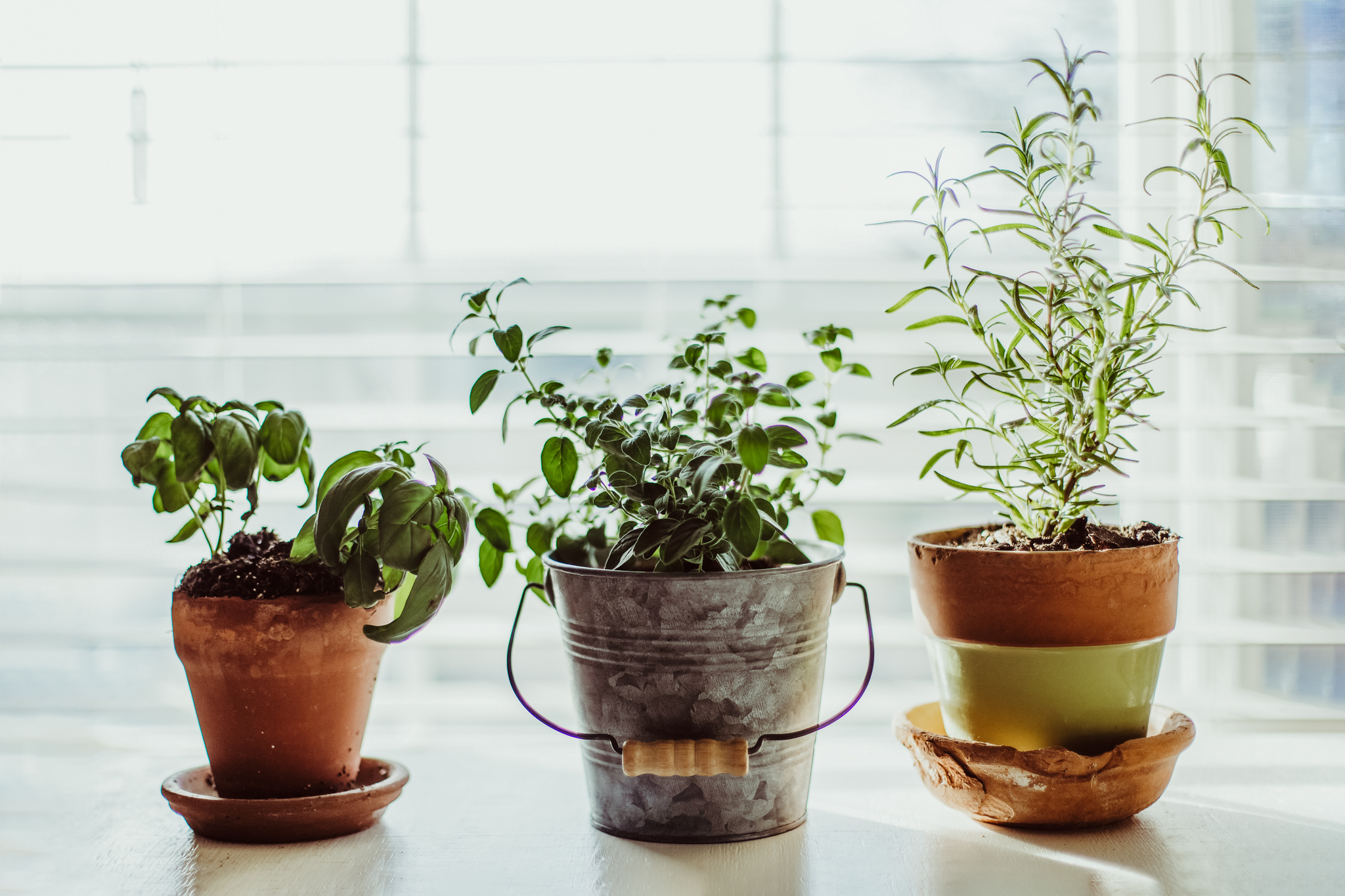
Step 1: The More You Know!
Understanding what we can do to bring zero waste into our sustainable herbal practice begins with knowing where and how unnecessary waste is created in herbalism.
A logical place to start is to consider any materials involved in packaging and preparation. For instance, loose leaf tea in a glass jar poured through a reusable stainless steel strainer doesn’t require much in the way of packaging, but what about teas wrapped in bags and packaged in boxes, plastic jars full of salve, or tinctures in glass jars with rubber droppers?
Next, consider how the plants made it to us from where they were grown. Did we clip lemon balm (Melissa officinalis) leaves from the pot on our windowsill? Perhaps our mug is filled with delicious cinnamon (Cinnamomum verum) bark from Vietnam, cardamom (Elettaria cardamomum) pods from Guatemala, ginger (Zingiber officinale) rhizome from China, and almond milk from California. Maybe the soothing balm being rubbed onto our sore muscles contains olive (Olea europaea) oil from Spain, beeswax from Vermont, arnica (Arnica montana) from Canada and lavender (Lavandula augustifolia) cultivated in France.
Also, consider the health of the plants and the places from which they come. Sometimes, we’re drinking tea made with roots from the abundant patch of dandelions (Taraxacum officinale) in our yard; other times, we’re soothing wounded skin using a salve made with goldenseal (Hydrastis canadensis) from a forest in Appalachia threatened by habitat loss and poaching.
Often very quickly, our investigation reveals an elaborate map of transport, as well as substantial energy, materials, time, and fuel embedded in each and every plant or preparation we use. If you haven’t yet watched the Story of Stuff, I highly recommend this illuminating 20-minute video.
As they say, knowledge is power, and it is from this place of awareness that we can begin to make decisions that reduce waste generated from seed to herbal toolkit and help others do the same.
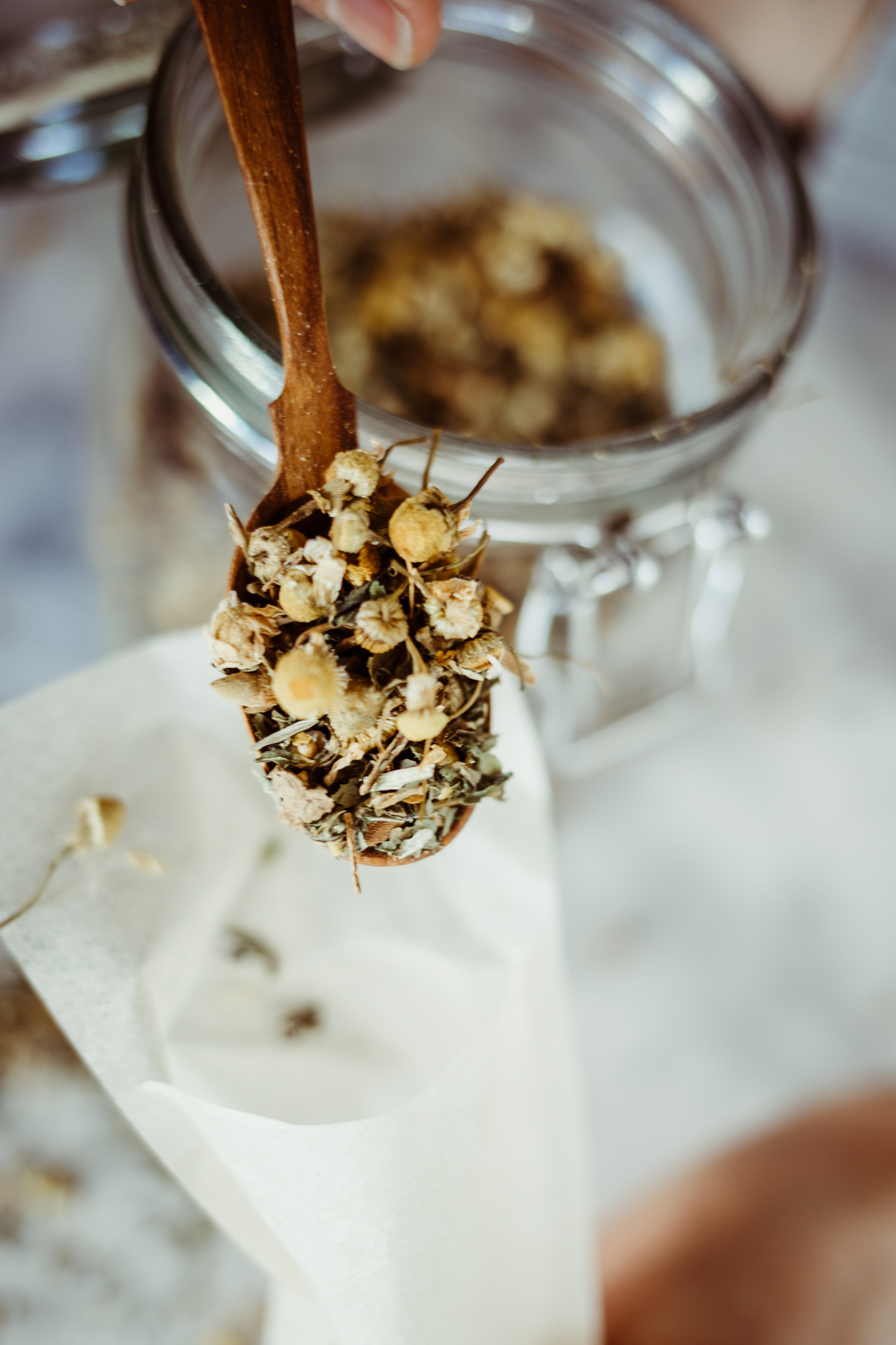
Step 2: Refuse!
They say we vote with our dollar, and it’s true. What we choose to buy (or not) is a direct reflection of the future we support. The journey toward zero waste begins with refusing to invest in the system and practices from which waste is derived, and it begins in our own backyards.
One of the most effective ways to limit our dependence on a wasteful system of commerce is to grow and harvest locally, whether it’s from our own gardens, from substantial wild stands of plants, or from local organic farms.
There are numerous benefits to cultivating your own garden full of herbal plants, learning how to sustainably wildcraft plants that grow in abundance locally, and supporting regional, sustainable farms. Aside from the obvious reduction in packaging and transport, these are, perhaps, the best ways to ensure ethical practices, the long term health of the plants and places we depend on, and to support precious pollinators.
It is true that much more grows in the garden than that which is planted there. Whether sprouting red clover (Trifolium pratense) in repurposed jars on the windowsill, growing rosemary (Salvia rosmarinus) in the community garden, or harvesting yarrow (Achillea millefolium) from the field along the bike path, these moments of connecting intimately with plants enrich my life in countless ways.
Similarly, visiting the farmers market is one of my favorite weekly rituals. There I can connect with people in my community, support the local economy, and exchange ideas with like-minded individuals passionate about making the world a better place. Growers of food and plants that benefit vitality and wellness are almost always excited to talk about their farms and growing practices, and some even welcome visitors. Most often, produce and herbs are displayed beautifully without any packaging, and when a vendor does happen to have a product already packaged in plastic bags or containers, they always happily transfer the item into the containers I have brought, sparing unnecessary waste.
It has been said that waste is a byproduct of a disconnected society, and I agree.
Over the years, my herbal practice has become more bioregional, as I work to reduce my dependence on plants and materials I don’t have immediate access to as well as those plants considered “at-risk” due to harvesting pressure for the herb trade and habitat loss. Sometimes, zero waste herbalism means refusing to buy a plant we can’t be absolutely certain has been harvested sustainably or not supporting supply chains involving immense amounts of packaging, transportation, and potentially inhumane treatment of workers.
At the heart of zero waste herbalism is choosing to reduce unnecessary waste, learning to do more with less, and using the power of knowledge and community to create abundance.
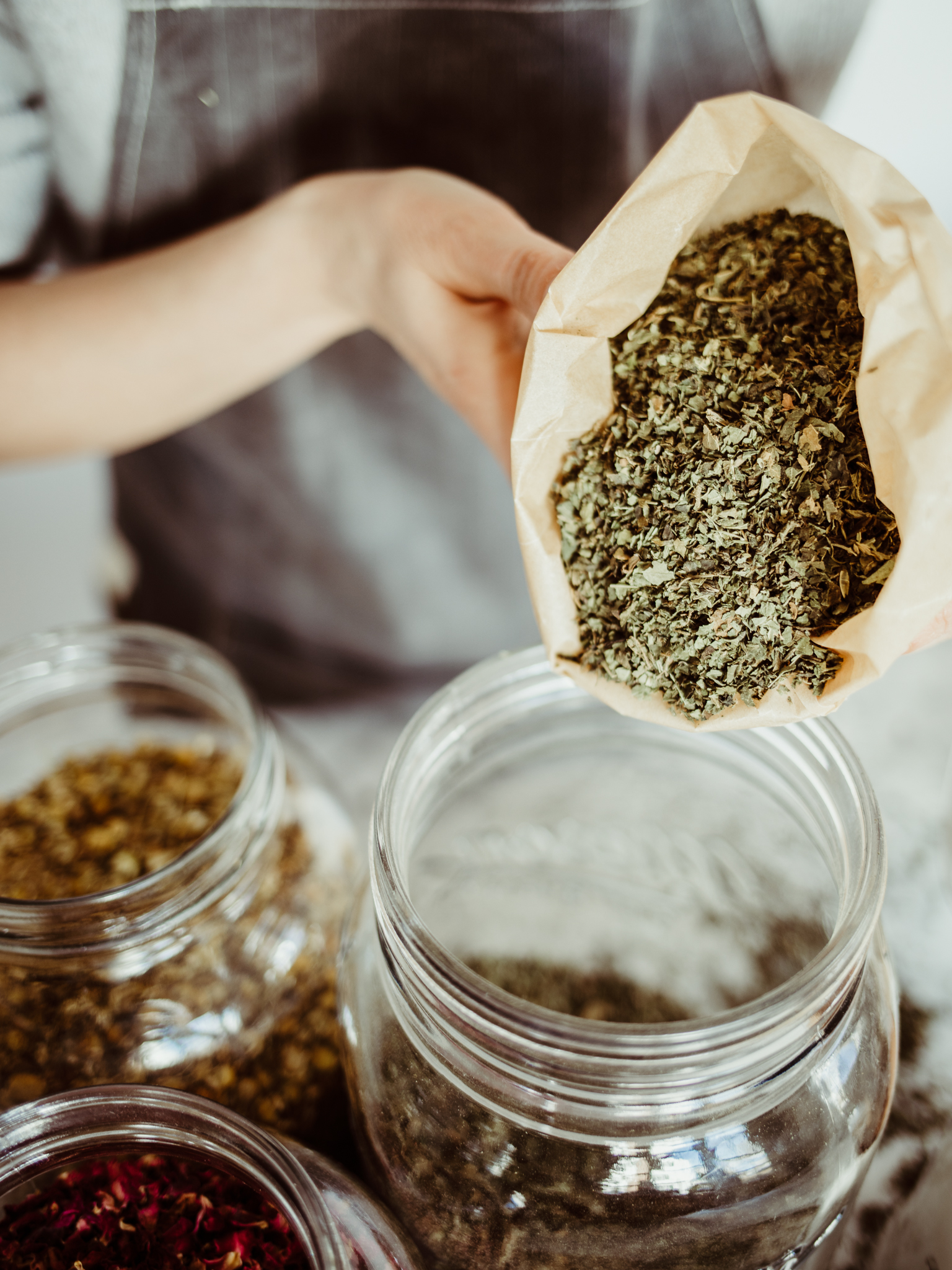
Step 3: Reduce!
Whether we are making a blend of tea to share with dozens of clients or preparing a formulation with a plant that doesn’t grow locally, we may not always be able to grow all of our own herbs. In the event that we decide it’s best to use a plant that isn’t abundantly available nearby and isn’t grown by a local farm, we now must decide the most ethical, least wasteful way to purchase the plant we seek.
In some instances, I have developed relationships with local farmers willing and able to grow plants I can’t cultivate myself, and these farmers are happy to have a reliable buyer of a crop they put their precious time and resources into growing.
Many communities now are blessed with local stores with bulk sections. I have seen stores with extensive selections of dried herbs, as well as supplies like castile soap, beeswax, cosmetic clays, and more. In these wonderful places, customers are encouraged to bring in and weigh reusable jars and containers to fill with as much or as little of the plant materials or ingredients they need. Finding a local store with bulk purchasing options is becoming easier, and Litterless has a great database of such stores across the country (and welcomes submissions of stores not already listed). If there isn’t a store in your area, consider reaching out to your local organic grocery store or herb apothecary to see if they’re interested in increasing zero waste opportunities in your community.
When all else fails, we can turn to trusted online suppliers of sustainable herbs. Consider creating your own informal or formal buying club; rather than placing individual orders, get together with other herbalists and friends to place one single, large order, reducing packaging, shipping, and the associated waste involved. You can purchase larger quantities of jars and bottles and divide bulk herbs into your own reusable containers as you sit together drinking tea and sharing stories.

Step 4: Reuse!
Despite our best efforts and intentions to not participate in a wasteful system, waste happens. Plastic bags, glass jars, and packaging are abundant in our current society, and they are almost impossible to avoid.
Fortunately, zero waste is an art form with countless expressions, and we have the ability to use our intelligence and innovation to prevent these materials, when they do end up in our possession, from going to the landfill.
Almost every herbalist I have ever met is skilled at the art of reusing. Glass tincture bottles are washed and repurposed over and over again for new batches of tinctures or used as flower vases. Salve jars become containers for toothpaste and deodorant or places to store seeds or hold sewing supplies. Plastic bags are cleaned, dried, and taken to the grocery store or the farmers market and are even brought along on foraging hikes to pack out litter found along the way.
Many local non-profit organizations and businesses including animal shelters, wildlife sanctuaries, Habitat ReStores, and plant nurseries are almost always happy to receive donations of useful containers and clean packing materials to reuse; UPS and FedEx stores are also great places to repurpose these infamous landfill materials. These efforts make a significant difference, as one-third of the average landfill is comprised of packing material (The University of Southern Indiana, n.d.).
Achieving zero waste as individuals and as a species will require a shift in our consciousness about resources. The ability to recognize the time, energy, and value in what we create and what we use, as well as seeing the potential in the continued life of those materials and resources, will allow us to eliminate waste once and for all.
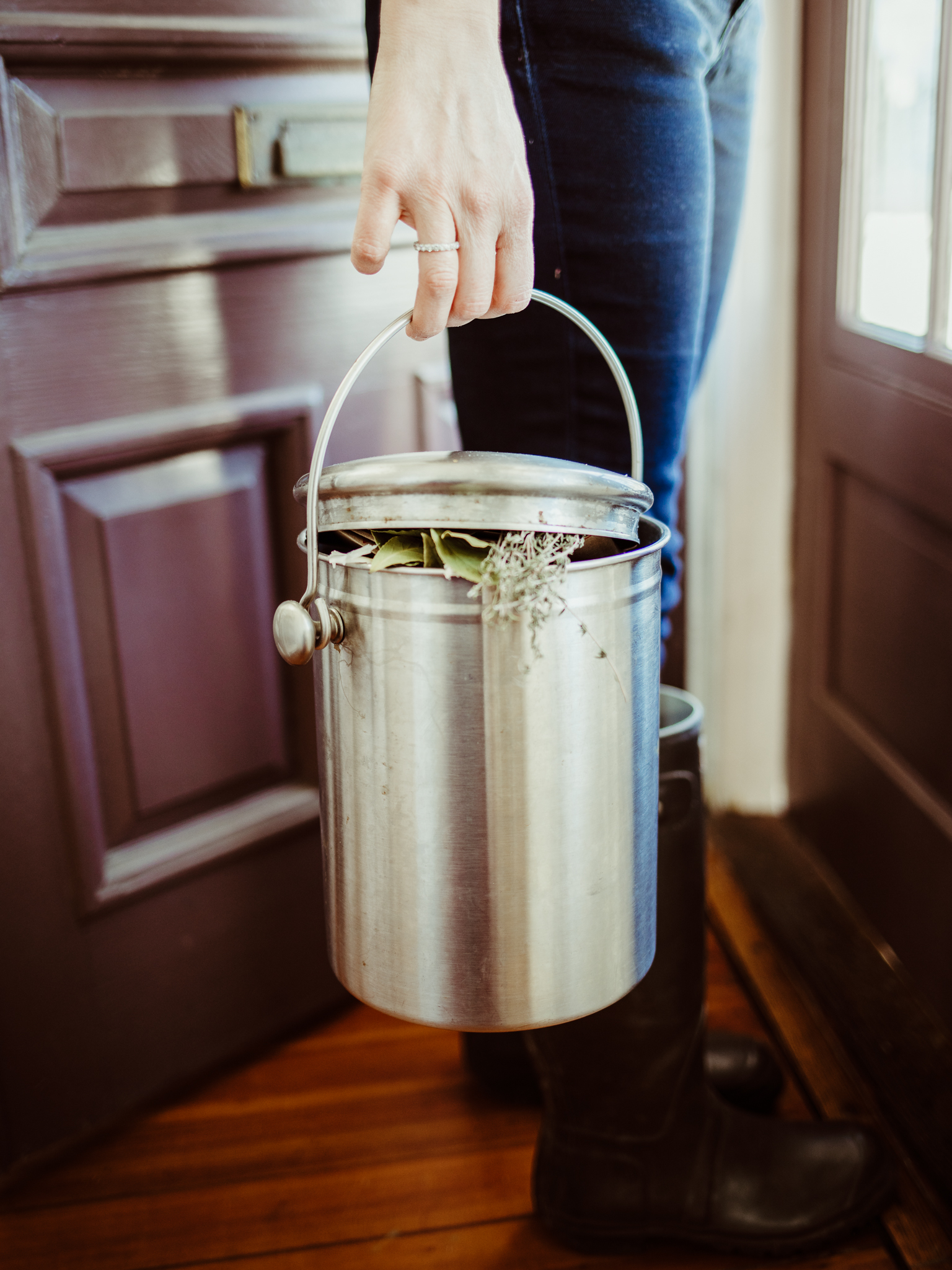
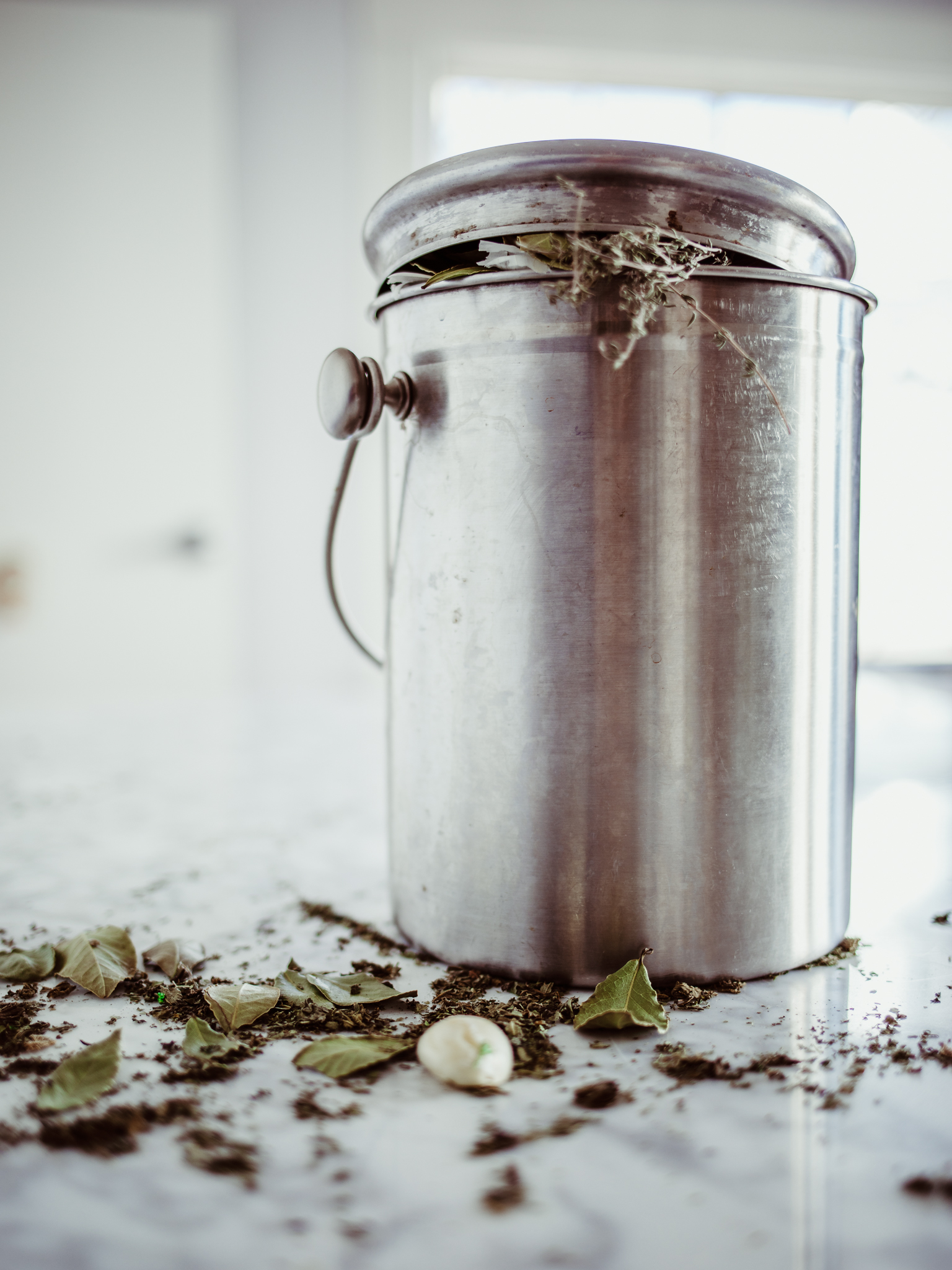
Step 5: Renew!
Restoring the health of our ecosystems begins with restoring the health and vitality of our soil, and composting can be a great place to begin. It is estimated that every year, the average American throws out about 1,200 pounds of organic garbage that could be composted (usi.edu, 2019). If you aren’t composting, adopting this practice can be the single most important activity you engage in on the zero waste journey. If you aren’t in a position to tend your own compost pile, ask your local farms and community gardens if they have a compost pile you can add to.
In addition to the process of transforming energy and materials into new life over and over by composting, we also engage in a practice of renewal in our relationships and communities. As we make choices that reconnect us to the plants, the forests and meadows where they live, and all the people involved in the process of growing, harvesting, shipping, and processing them into herbal preparations, we restore the health and vitality of our existence from the physical to the emotional level.
Ultimately, as zero waste herbalists, rather than creating waste that will fill landfills and oceans and threaten the ecosystems and lives of the beings we depend upon, our byproducts become resources for others to use—contributions to the great cycle of life.
A zero waste herbal practice is founded on the understanding that less really is more. As we become more informed consumers and adopt habits of growing and harvesting our own plants, supporting local farmers, and eliminating unnecessary packaging, materials, and energy at every step along the way from seed to apothecary, we remember that the healing power of herbalism depends on the integrity throughout the entire process. By using only what we truly need, we contribute to the preservation and regeneration of herbalism and the entire earthly community.
Resources for Further Learning
The Herbal Academy provides many resources for those interested in learning more about foraging plants, cultivating your own garden, and DIY herbal projects, all of which help you to avoid transport and unnecessary packaging of herbal materials, by using containers and supplies you have on hand while also increasing your own knowledge and skills.
The Sustainable Herbs Program offers an abundance of research and tools to empower herbalists to make more informed, responsible decisions.
Interested in becoming more involved with plant stewardship? Visit United Plant Savers to learn more about at-risk plant species and what you can do to help protect or even grow them! Consider becoming a member of this wonderful organization.
Additionally, UpS has a membership program for businesses and institutions involved in the cultivation, harvest, and formulation of herbal products. Supporting those committed to the United Plant Savers mission is a great way to be confident about the sourcing and ethics of the businesses you patronize. If you’re an herb-based business, consider joining the UpS corporate membership program to join in the fight for conservation and to help customers make more informed, more sustainable choices.
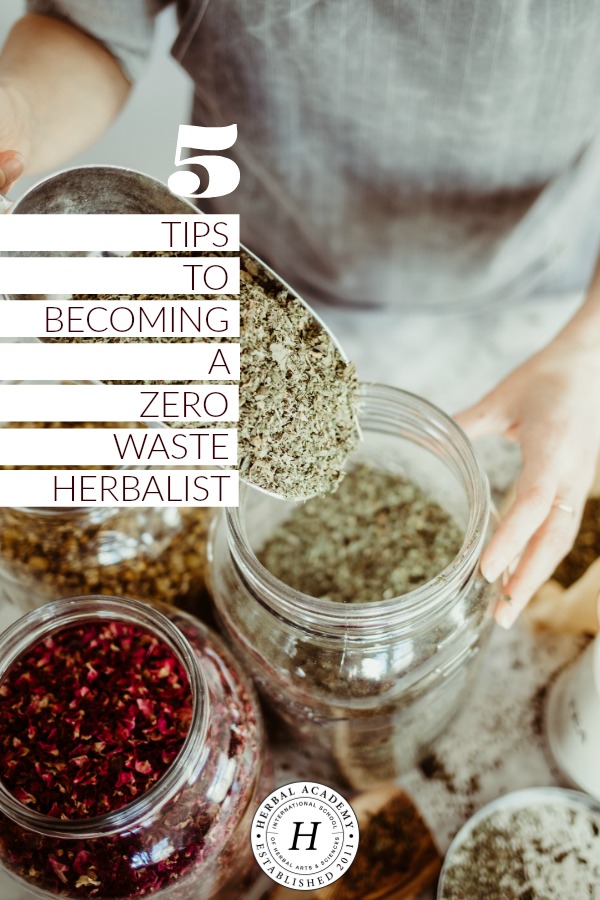
REFERENCES
The World Counts. (n.d.). Environmental facts. Retrieved from https://www.theworldcounts.com/themes/our_environment
The University of Southern Indiana. (n.d.). Solid waste and landfill facts. Retrieved from https://www.usi.edu/recycle/solid-waste-landfill-facts/







